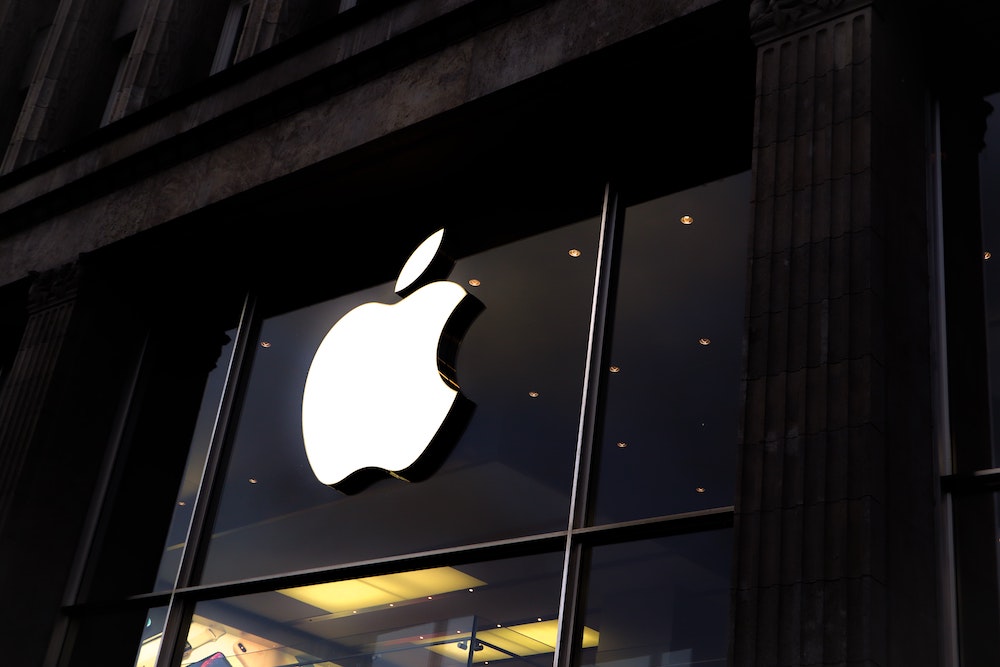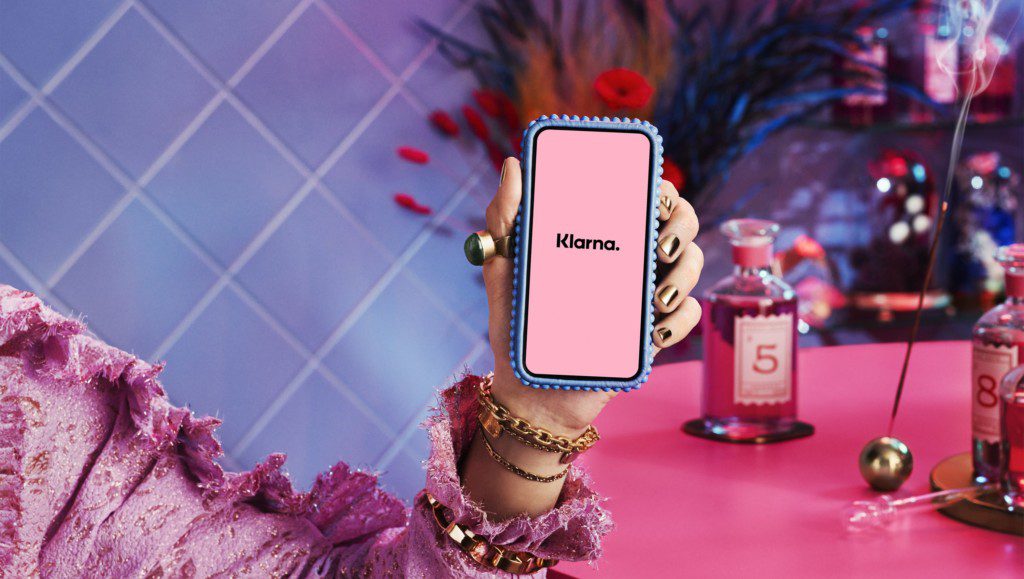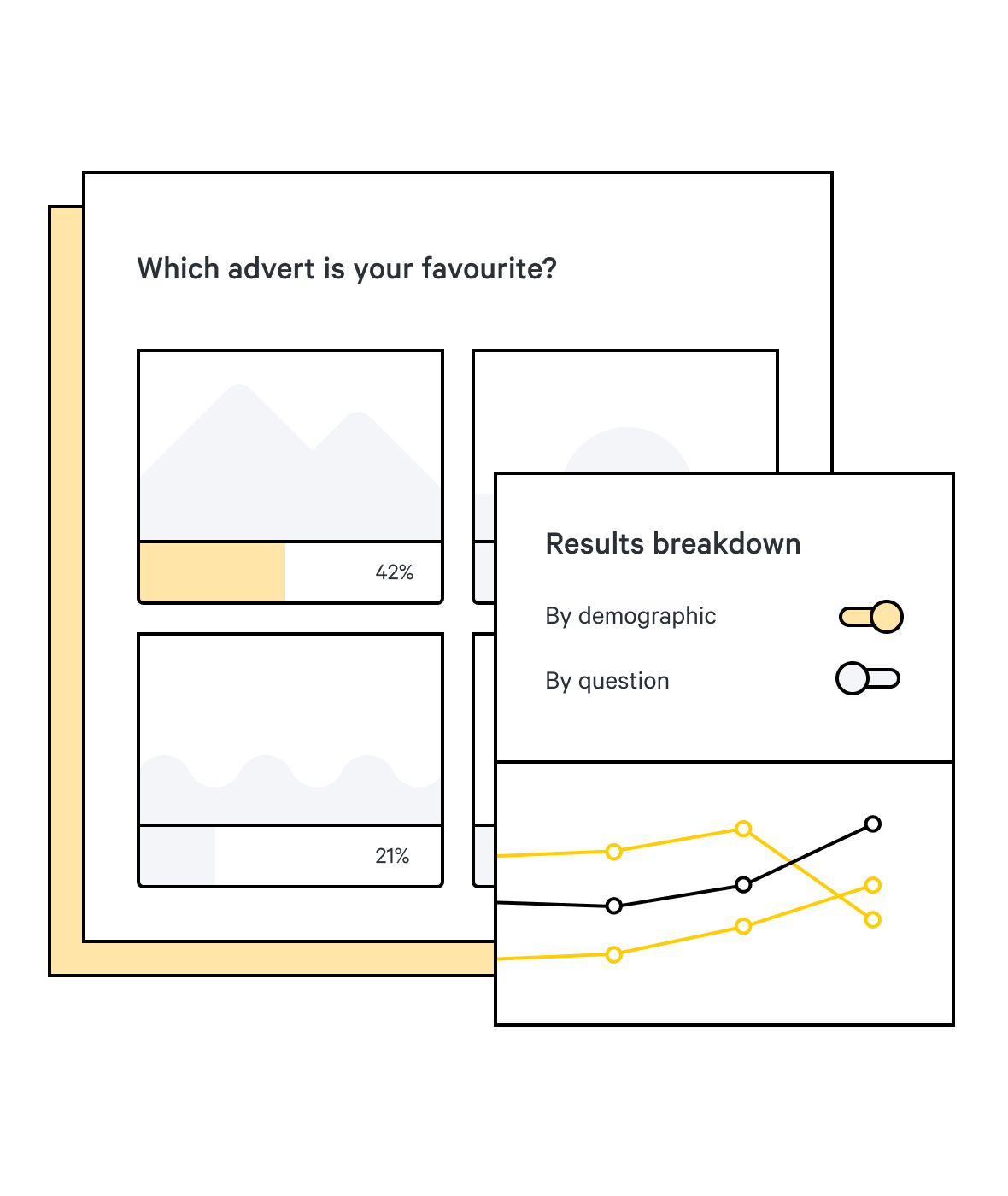How to name a product: 5 fail-proof rules

It's no easy feat finding the perfect product name that is both descriptive and enticing. Check out these fail-proof rules on how to name a product.
Once upon a time, in 1955, Ford Motor hired the famous modernist poet Marianne Moore. Not to write an ad, but to simply name a car.
They had already written a list of 300 other candidates who were, according to a marketing executive at the company, ‘characterised by an embarrassing pedestrianism.’
Enter Moore, who had won a Pulitzer Prize not long before. She did her job and proposed dozens and dozens of names. ‘The Intelligent Whale’, ‘Pastelogram’, ‘Varsity Stroke’, ‘Thundercrest’, ‘Andante con Moto’, to name but a few.
Eventually, they disregarded all of Moore’s ideas and named the new car Edsel, after Henry Ford’s son.
And after all that to’ing and fro’ing over the name, the Edsel was a commercial failure. This isn’t all down to the name of course, but ‘Edsel’ doesn’t exactly inspire does it?
Even back then, marketers knew that their product naming strategy is important – why go to all that trouble devising a name if they didn’t think it mattered? Nowadays, you can hire actual agencies to help you do it.
That’s right: there are creatives who dedicate their time to brainstorming suitable names for companies and products. An absolute nightmare to some, but business as usual to them.
Then there are the name generators, paid and free. You submit some keywords, and your computer will give you a list of possible names. Some terrible, some alright, some just great for inspiration.
Why is it so difficult to name a product? What naming conventions should you consider? And does it really matter that much? In this article, we’ll dive into the art of naming products.
We’ll explain why it’s important, how to actually name a product, and what mistakes you should avoid. Of course, we’ve added some funny and cringe-worthy examples, so it’s definitely worth sticking around for those.

Why are product names so important?
What’s in a name? Whether it’s software, an app or a physical product, its name is important. For starters, you’ll need it for your internal communication: you’ll need a name for a product to ensure that your designers are actually working on the right product.
But names are mostly important for your target customer. The name is what sticks, its what explains to people what something is. They also contribute to your brand recognition.
Look at Word and Docs by Microsoft and Google. Those are relatively – actually incredibly – simple product names, but they work. Those product names have become a commodity, and everyone will know what you’re referring to.
But naming something is not just a matter of making it easy to remember or easy to be found online. A product name is also important for brand identity. Does it match your brand’s values? To sum it up, here’s what you should ask yourself when product naming:
Does it promote visibility and searchability?
- Is it easy to recognise your product name, to remember it, and to spell it in a way that search engines know what you’re talking about? Countless companies simply grab a name that sounds fun, only to realise it’s impossible to Google.
They are the first thing customers see: is that appealing?
- What kind of emotions does the name spark among your target audience? Does it build a buzz that will excite and entice consumers?
Is the product name informative enough to attract the right people?
- Does your product name help customers choose the product that’s actually right for them? A descriptive name simply explain what a product does, and sometimes, that’s more than enough. More on that later…
Does the product name align with the way you want to present your brand?
- Brand image and brand potential shouldn’t be forgotten. Does it help your brand recognition, or is it too far from what you usually communicate?
Does the product name give you a competitive edge?
- Do you stand out from the crowd? Does the product name make people want to know more about it? Is it something they would want to connect themselves to?
Is the product name scalable and translatable?
- Does your product name work everywhere? We’ll dive into this soon, but make sure your product name won’t get lost in translation or has a vulgar or weird meaning elsewhere. That really happens a lot more often than you’d think.
“A great name can’t fix a bad product. A great product can fix a bad name.” — Paola Norambuena
The fundamentals of a good product name
If you google ‘how to name a product’, you’ll find endless steps to follow. Unfortunately, there is no one-size-fits-all approach on how to name a product. There are however some fundamentals to keep in mind, so let’s start with those.
Descriptive names v creative names
Before you frantically start brainstorming names, think about this question first: do you want the name to be descriptive, or do you want it to be creative?
These two categories form the foundation of any naming process. If you start randomly thinking of both, chances are you’ll be overwhelmed or won’t find anything at all.
Descriptive names have to do with what the product does or is. Let’s take a look at how Adobe names its suite of products.
Adobe Stock is for stock footage. Illustrator is for designers. After Effects lets you add special effects after filming. That’s all pretty descriptive, right?
Now, imagine you didn’t know what Acrobat did. Or Dreamweaver. Would you be able to guess that Acrobat is focused on PDFs, and Dreamweaver helps you design websites? Probably not. These are some creative names they chose.
And there’s nothing wrong with choosing creative names, especially not if your brand is already as established as Adobe. People will find the products they need, and Adobe chose to let go of only descriptive names.
For entirely new products that are innovative, or for brands that aren’t as well-known as Adobe, descriptive names can have some advantages. For instance, products will be easier to find — it’s simple SEO 101. It will be easier to market your product.
Creative names, however, can be beneficial if you are less focused on the type of product, and are operating in a market where it’s key to stand out or play on people’s emotions.
Associative and suggestive names
Suggestive names hint at what your product does, but don’t go as far as being descriptive. Associative names are related to something your product does. For instance, you’d link a bird to any product that flies or gives you freedom.
The longevity of a name
Another fundamental aspect to keep in mind is the longevity of the product name you choose. Assuming you want your product to be around for a while and don’t want to constantly invest in rebranding when you have to change the name, go for something that’s built to last.
For instance, Salesforce went with Einstein for its AI product. That name will make sense for generations to come – enough time has passed for us to know for sure that Albert Einstein is an evergreen figure. We’re not sure if Musk is there yet…

Brand synergy of a name
You’d probably be surprised if Apple would launch a new phone and call it the Ultimate Universe 12. No, Apple sticks to its simplicity. They sell iPhones, iMacs and iPads. That’s not due to a lack of creativity.
The names of their products fit their style. No fuss or frills, it’s focused on the user. It matches their philosophy.
There are quite some theories about the meaning of the famous ‘i’. Steve Jobs apparently once said the ‘i’ stands for ‘internet, individual, instruct, inform, [and] inspire.’ He also once said it doesn’t have an official meaning. Or that it was a pronoun.
Nevertheless, it simply fits the brand. It hints at the focus on the user, and it’s been established as one of the strongest product names and identifiers of all time.
Avoid these product naming blunders
You’re probably eager to hear about some of the worst naming decisions in the history of product naming. And we’re happy to deliver. Here’s what to avoid, and why.
Make sure your product name translates correctly
If you are operating globally, check with some native speakers if a name is safe to use and can’t be misinterpreted.
Chevrolet definitely didn’t do that. Their Chevy Nova wasn’t a success in Spain. Why? Nova means ‘doesn’t go’ in Spanish. Not exactly what you’re looking for in a car.
Another car producer, again Ford, blundered in Brazil. They launched the Pinto there, not being aware of the fact that it means ‘tiny male genitals’ there.
Beauty brand Clairol introduced their curling iron Mist Stick. If only they had asked a native speaker, they would’ve known ‘mist’ also means manure and rubbish in German.
Pro tip: Testing creative and messaging with different and new markets is a must for brands launching in new geographies, and is a super informative step in how to name a product. Fintech unicorn Klarna recently talked to Attest about how they used creative and messaging testing to make sure their latest product wouldn’t go down like a lead balloon in Belgium.

Make sure your product name can be designed properly
If you already have a set branding, including fonts, give your product name a try in the font that it’ll be presented in. Make sure it’s easy to read and there’s no ambiguity around what you’re actually reading.
5 Rules for the Product Naming Process
Now we’ve laid out some of the ground rules around the product naming process, here are some tips that will help you come up with product and brand names that set you up for success.
1. Rule number one: Have a naming strategy for all your products
If you want to make product naming easier in the future, have a product naming strategy. Not only will it speed things up if you use the same product naming rules and framework, it’ll also make your product names and brand stronger. Here’s why.
Look at Samsung. Their Galaxy smartphones are known to be great. It’s easier for Samsung to create brand buzz under that flagship name, than to start completely from scratch.
Product naming is a creative process, but especially if you churn out a lot of products, you don’t want to have to start from scratch every time.
Plus, by having unity in your product names you make it easier to build brand awareness.

2. Second rule: Research the marketplace
See what’s already out there, and what types of names are working. You won’t do this to copy or mimic a name. On the contrary, researching the marketplace will help you figure out what type of product name could make a difference by being different, but also still fits in.
Competitor analysis
For instance, if your target market is used to abstract names, you can probably jump on board of that and go for product names that are creative but close to your heart, and really resonate with your values
If descriptive or suggestive names are the standard, look into name ideas that could help you beat the competition when it comes to SEO.
Legal checks
In your market research, you should also check if certain names are trademarked and how they can be used in phrases, so you don’t bump into legal trouble later.
Check if domain names and social media accounts are still available. Basically, always google the new product name you’re coming up with. It’s little effort, but can save you from big headaches.
Search engine checks
Another essential part is SEO. How will your new product name perform in the search engines? What searches are connected to the word? How expensive would it be to advertise using that word? Check this before you commit – it’s relatively easy to do in your Google Ad Manager.
3. Rule number three: Test the name and ask for feedback
Have you come up with some great names that are fitting for our brand and seem safe to use? Then it’s time to test them out.
Internal tests
Run your name by everyone in your company and hear them out. What associations do they have with the product name? Do they think it fits the brand identity?
That’ll be the first check. Second up, run it by the people that have to make the name work. That means talking to your sales team – how do they think their customers will react to the name?
Then your marketing and design teams will have their say. Will the search specialists think it works in their SEA (search engine advertising) and SEO?
Will the design team be able to create funky designs with that name?
Does your marketing team immediately think of great campaigns, or do you see pure panic in their eyes?
External tests
While the opinion from your colleagues certainly matters, what you really want to know is if the name is catchy for your customers.
Do they get what the product is?
What do they associate the name with?
Is it easy for them to remember?
What emotions do they have around the name?
If the name chosen by your target audience isn’t the one that was the first choice internally go for the one that your customers like. At the end of the day, you’ve been working very closely on the new product and might have some tunnel vision, or already gotten used to some of the name ideas.
4. Rule number four: Choose something that people can use in their everyday lives
It’s the biggest dream of any brand: their product name becomes the standard for a certain type of product.
We don’t use tissues, we grab a Kleenex. We don’t vacuum, we Hoover. And we don’t have shoes with a hook-and-loop system, they have Velcro.
Velcro once launched a funny video explaining the issue they have with their name being used for products that aren’t theirs – but let’s be real, it isn’t really an issue.
However, you can learn an important lesson from brands and products like these. Go for a product name that can be used the same way Kleenex and Hoover can be used.
Sure, it’s dreaming big. But just recently, Zoom and Slack became new verbs. Better yet, their meaning changed in the eyes of many consumers.
Try your product name in a sentence. Can you use it as a verb? Does it make sense as a standalone item? Go for a product name that fits that description, and start using the name like that.
5. Rule number five: Keep it easy to pronounce and easy to spell
Especially if you go for made up words, you want to keep the name simple. A cool name is often quick to say and easy to spell.
If you opt for using a real word like Slack and Zoom did, don’t get too creative with a new spelling. You still want your product name to perform well when people search online, and if people keep misspelling it, you’ll end up paying a lot more to get it to surface on the first page of Google.
If you go for two words, make sure the combination is memorable enough for people to not mix up the order of the two, and not to swap one word for an unrelated one.
Name a product the right way
There are countless product naming strategies out there, and naming exercises that help you get a head start. But don’t forget to stick by these golden rules and to thoroughly test your product name.
Don’t expect to instantly fall in love with the name you chose.
Let’s be honest, Word, iPhone, Zoom and Hoover aren’t all that spectacular linguistically, but they do tick a lot of the boxes for a good product name – and that’s invaluable for brands.
Have your first one on us
Get a taste of what Attest can do and find out how your brand stacks up against the competition.
Get your free surveyTell us what you think of this article by leaving a comment on LinkedIn.
Or share it on:


